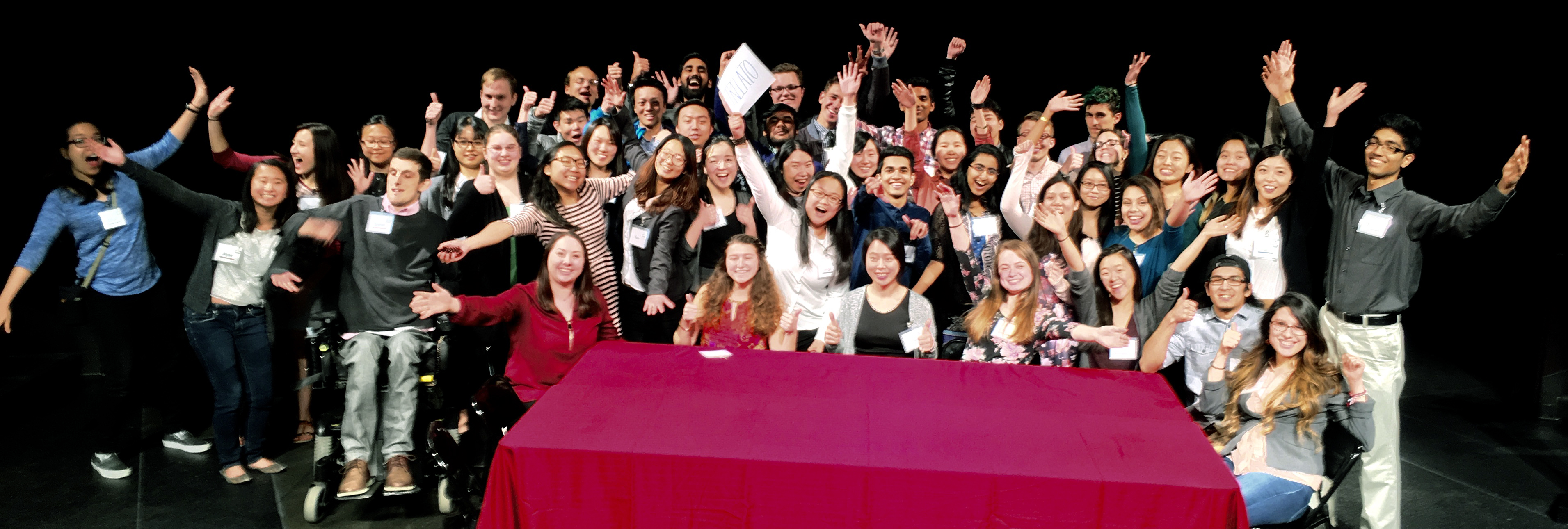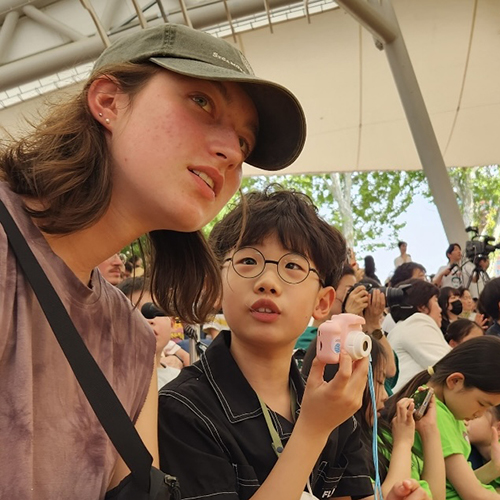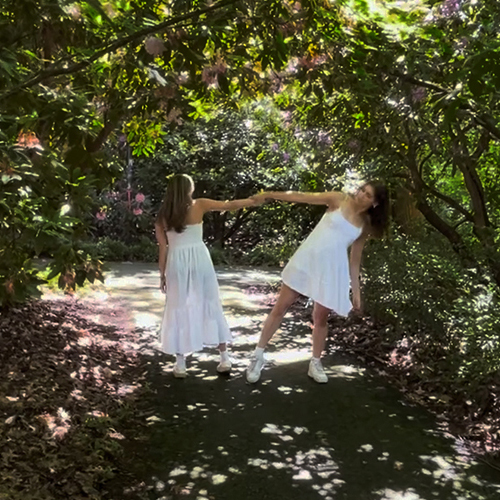“Why is this problem so hard?”
An overwhelmed student scribbled the question on a whiteboard during the College of Arts and Sciences’ first “Ideathon,” a brainstorming workshop for undergraduates. Organized by the Center for 21st Century Liberal Learning (C21) and CoMotion, the event brought together 46 students to spend a weekend exploring a question of great importance to the College: How can we enhance engagement with the humanities at the UW?
The Ideathon grew out of conversations between Kevin Mihata, the College’s associate dean for educational programs, and Vikram Jandhyala, director of CoMotion and UW vice president for innovation strategy, who saw an opportunity for students to gain critical skills in design thinking and innovative learning by grappling with a vexing issue. “The Ideathon is like a hackathon, minus the hacking,” says Jandhyala. “It’s about getting people together to try to solve a problem.”

In this case, the problem — the need for greater student engagement in the humanities — reflects a growing issue in higher education. Students are pursuing science, technology, engineering, and mathematics (STEM) degrees in ever greater numbers, while degrees and course enrollments in the humanities are declining. “This is not just a problem at the UW,” says Robert Stacey, dean of the College of Arts & Sciences. “It’s happening across the country, and it’s worrisome. Other countries — China, Singapore — are trying to create an arts and sciences foundation for their educational system because they see the liberal arts as the key to why America is so creative and innovative. Meanwhile, we’re taking our liberal arts programs apart.”
The event organizers had no illusions that the Ideathon would magically solve this growing problem, but they saw value in having undergraduates bring their perspectives and creative thinking to the issue.

The weekend was structured to encourage collaboration and exploration. The students worked in teams, each with a mix of majors, genders, nationalities, and personality types (based on the Myers-Briggs personality test). Friday night, each team developed interview questions and asked them of each other and other students on campus. Saturday they conducted more interviews, this time with faculty and academic advisers, to assess the current state of the humanities. They looked for commonalities in the responses, which led to more questions and more interviews and sparked ideas for promoting the humanities. Late Saturday afternoon, the teams ran their ideas past faculty, staff, and administrators — and discovered that many of their proposals were not viable.
That’s when a student scribbled the plaintive question, “Why is this problem so hard?”
Mihata was not surprised by the sentiment. “We knew that would happen,” he says. “We warned them that they would be frustrated and tired and wondering why they were doing this, and that there wouldn’t seem to be a solution. I took that question as a good sign, actually, that the students recognized that it was a hard and complicated problem. Because real problems are complex.”
The Ideathon is like a hackathon, minus the hacking. It’s about getting people together to try to solve a problem.
Sophomore Miki Saito remembers her team hitting rock bottom on Saturday night, and how they eventually recovered. “It was the most meaningful part of the weekend for me,” she says. “For part of the night, my group felt like we had no idea where we were going and like we had hit a wall. We took a small break and then did a run-through of our presentation and worked it out. We were really proud of each other in the end.”

On Sunday, each team presented its findings to a panel of six faculty and administrators — including Dean Stacey and Michael Shapiro, divisional dean for the humanities — with the panel then choosing one winning Ideathon team. The presentations involved considerable give-and-take, as both the students and panel members asked and answered questions.
“I have never had the chance to have a real conversation/debate with people who have the power to change things,” says Ji Li, a senior majoring in economics and mathematics. “It really opened my eyes as to how new ideas can be formed and…examined in a very professional setting.” Adds freshman Justin Johnson, “It was awesome to get to engage with the faculty on such a high level of thinking. They were interesting, thoughtful, and intelligent.”
The teams shared observations with the panel, based on their weekend research; some also presented proposals for increasing engagement in the humanities. One team suggested sharing available data about the abundance of CEOs with humanities degrees, to counter students’ employment concerns. Another team suggested linking one-credit humanities courses to STEM courses where there is overlapping content. Others proposed developing “interest tracks” that bundle courses that reinforce each, or course sequences like those found in the sciences — something the Humanities Division had begun to explore prior to the Ideathon. The winning team proposed a Pandora-like tool to recommend humanities courses based on individual preferences.

Whether any of these suggestions are realized, Stacey considers the Ideathon a success. “We had no expectation that they would solve this problem for us over one weekend,” says Stacey. “But it was clear that their understanding of the problem was significantly deeper at the end than when they began, their solutions were more complex, and there are things that came out of the Ideathon that I do think we can think hard about.”
Jandhyala and Mihata see tremendous value in the Ideathon as a learning tool, and hope to offer the workshops with some regularity, posing different questions each time. “I think of this as a long-term partnership,” says Jandhyala. “This is just a first step.”
More Stories

A Statistician Weighs in on AI
Statistics professor Zaid Harchaoui, working at the intersection of statistics and computing, explores what AI models do well, where they fall short, and why.

Finding Family in Korea Through Language & Plants
Through her love of languages and plants — and some serendipity — UW junior Katie Ruesink connected with a Korean family while studying in Seoul.

Dancing Across Campus
For the dance course "Activating Space," students danced in public spaces across the University of Washington's Seattle campus this spring.